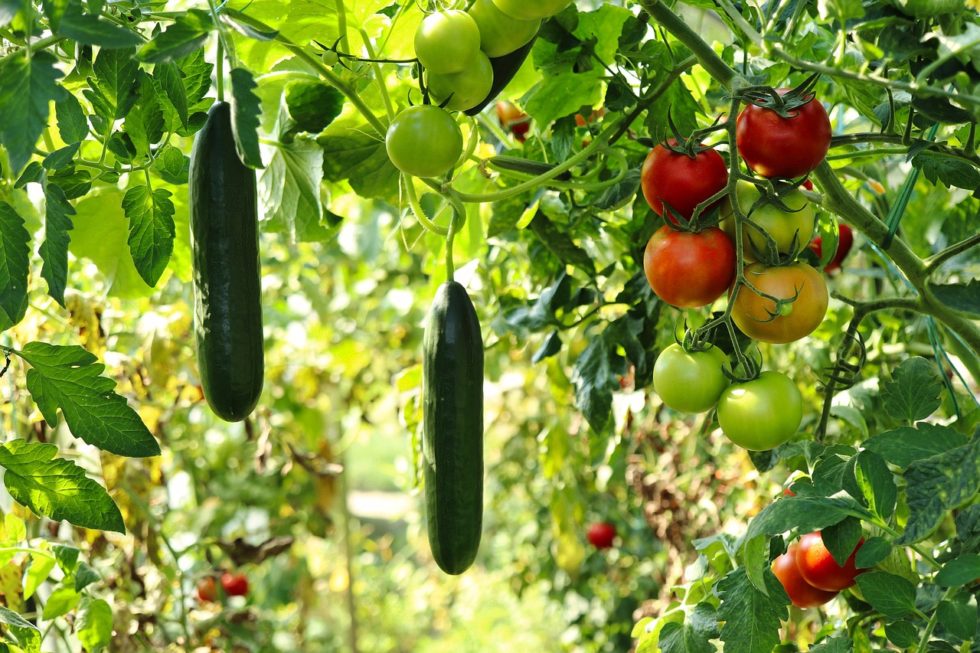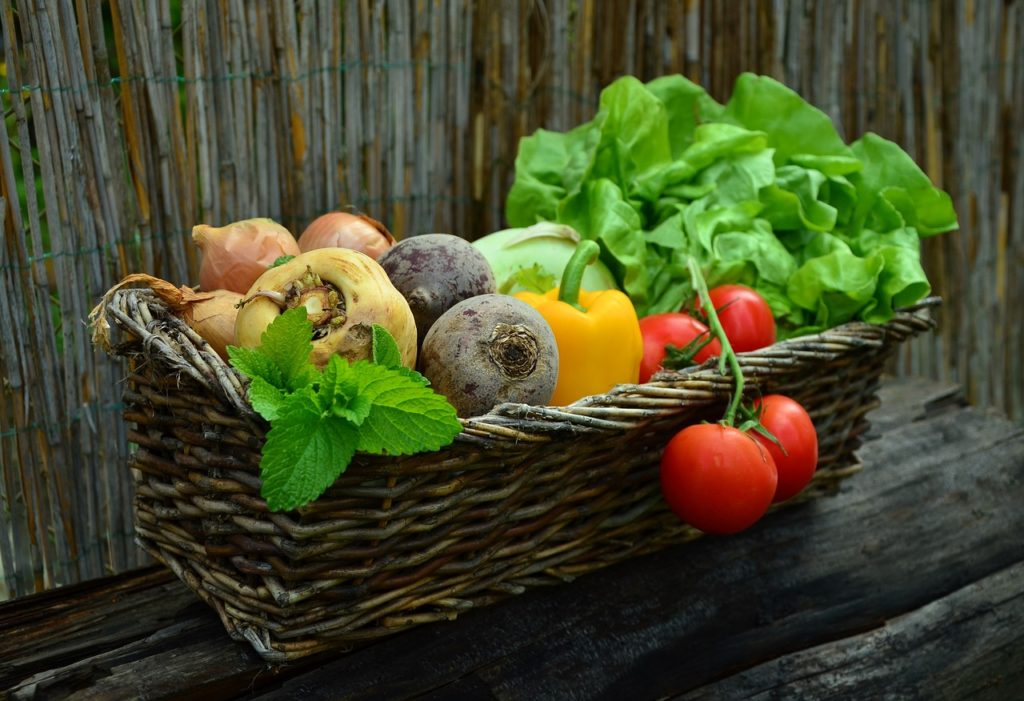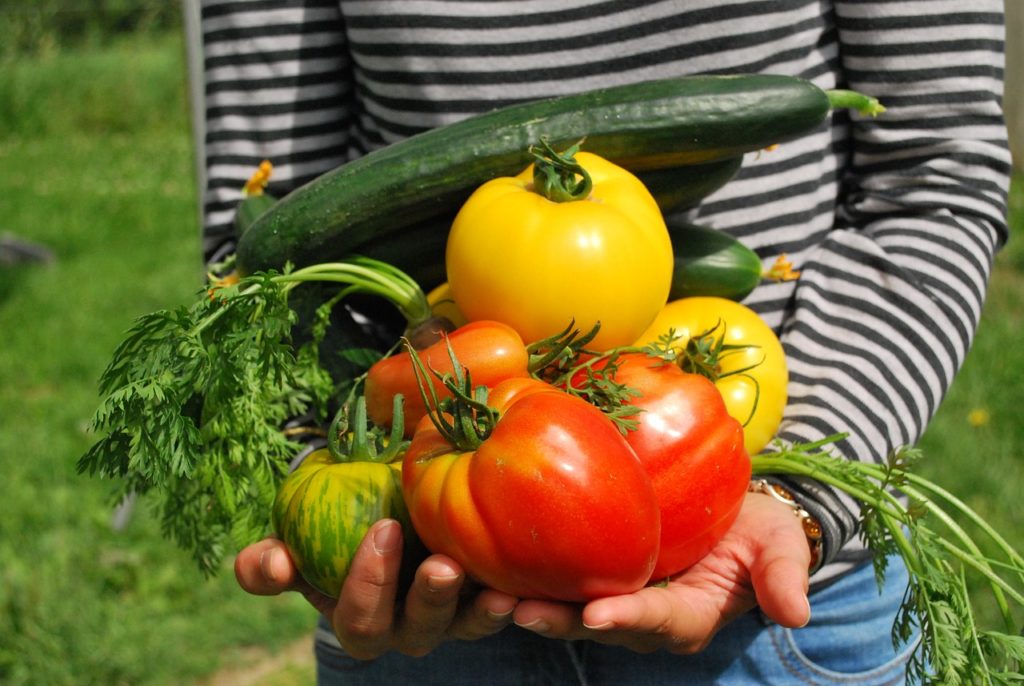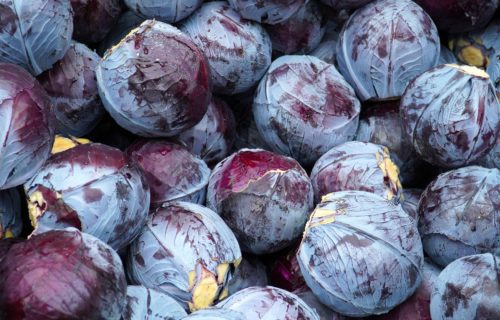
The Impact of Modern Agriculture on Vegetable Nutrition: What You Need to Know
Hey there, fellow veggie enthusiasts! Have you ever wondered if the vegetables we’re eating today are as nutritious as those our grandparents enjoyed? It’s a question that’s been on my mind lately, so I decided to dig into the research to find out more.
Decreasing nutritional content
Recent studies suggest that modern agricultural practices may indeed be impacting the nutritional content of our vegetables. One key concern is the declining levels of certain nutrients like protein and iron. For example, a study by Davis and colleagues (2004) found that levels of protein in vegetables such as broccoli and spinach have decreased by an average of 6% and 23%, respectively, over the past few decades due to changes in agricultural practices.
But why is this happening? Well, it turns out that factors such as soil depletion, intensive farming techniques, and selective breeding for yield rather than nutrition may all play a role. According to a review by Mayer and colleagues (2018), these practices can lead to decreased nutrient uptake by plants, resulting in lower overall nutrient levels in our produce.

Let’s break it down further. Iron, an essential mineral for oxygen transport in the body, is another nutrient that has been affected. Research published in the Journal of Food Composition and Analysis noted that iron levels in vegetables like spinach have declined by approximately 32% over time, possibly due to soil depletion and changes in plant genetics (Smith et al., 2016).
It’s not just about protein and iron, though. Other vital nutrients such as calcium, vitamin C, and certain antioxidants may also be affected. For instance, a study by White and Broadley (2005) highlighted that calcium levels in vegetables have shown variability and decline, ranging from 20% to 75% in some cases, which could impact our overall dietary intake of this crucial mineral.
Is organic produce better?
Now, here’s an interesting twist: organic produce may not experience the same level of decline in nutrient density. Research indicates that organic farming practices, which prioritize soil health and biodiversity, often result in produce with higher nutrient content compared to conventionally grown counterparts. For example, a comprehensive meta-analysis by Baranski and colleagues (2014) found that organic crops have on average 18-69% higher levels of antioxidants such as flavonoids and phenolic acids compared to conventionally grown crops. Additionally, organic vegetables were found to have lower levels of pesticide residues, which can further contribute to their nutritional superiority.
For tips on buying organic on a budget, check out my blog post.

Conclusion
As consumers, staying informed and making conscious choices about our food can have a positive impact not only on our health but also on the environment. By supporting agricultural practices that prioritize nutrition and sustainability, we can help ensure that future generations can enjoy vegetables that are as nutritious as they are delicious.
So, next time you’re crunching on a carrot or enjoying a leafy green salad, remember that while our vegetables may be changing, there are steps we can take to ensure they remain a vital part of a healthy diet. Here’s to enjoying our veggies and supporting a healthier planet!
References
- Baranski, M., Srednicka-Tober, D., Volakakis, N., et al. (2014). Higher antioxidant and lower cadmium concentrations and lower incidence of pesticide residues in organically grown crops: A systematic literature review and meta-analyses. British Journal of Nutrition, 112(5), 794-811.
- Davis, D. R., Epp, M. D., & Riordan, H. D. (2004). Changes in USDA food composition data for 43 garden crops, 1950 to 1999. Journal of the American College of Nutrition, 23(6), 669-682.
- Mayer, A. M., & Poljakoff-Mayber, A. (2018). The germination of seeds (3rd ed.). Pergamon Press.
- Smith, M. R., Myers, S. S., & Gibbs, H. K. (2016). Effects of agricultural production and dietary patterns on greenhouse gas emissions. Proceedings of the National Academy of Sciences, 113(51), 14478-14483.
- White, P. J., & Broadley, M. R. (2005). Historical variation in the mineral composition of edible horticultural products. Journal of Food Composition and Analysis, 18(6), 461-471.



